7 Major Tectonic Plates: The World’s Largest Plate Tectonics
From large to small, the 7 major tectonic plates include the Pacific, North American, Eurasian, African, Antarctic, Indo-Australian and South American plate.
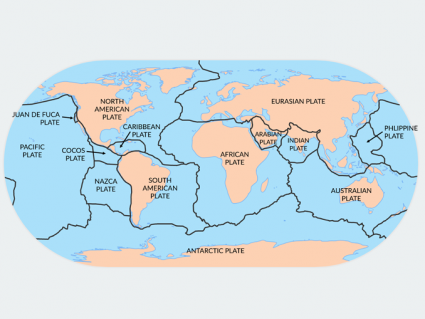
From large to small, the 7 major tectonic plates include the Pacific, North American, Eurasian, African, Antarctic, Indo-Australian and South American plate.
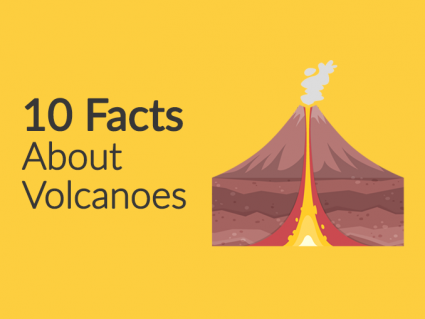
Ready to learn about volcanoes? From lightning that sparks at a volcano to its deadly hazards, we’re going to dive into 10 little-known facts about volcanoes
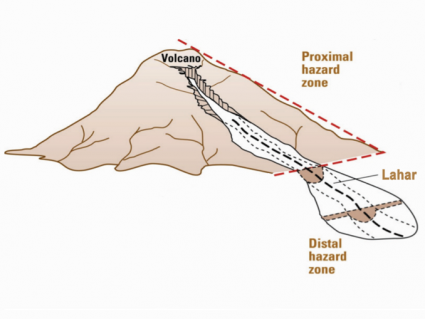
“Lahar” is an Indonesian word for mudflow at volcanoes. Lahar flows down volcanoes as a mix of mostly water, mud and rock debris (similar to wet concrete).
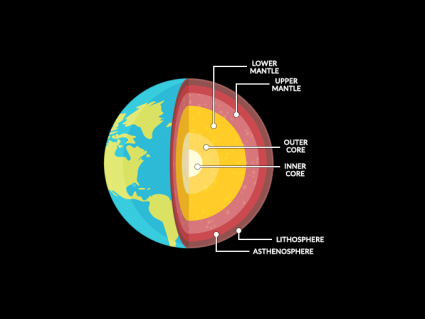
All planets have layers. Inside Earth, we have a crust, core and mantle. Imagine a team of drillers who set out to drill a hole to the other side of Earth.
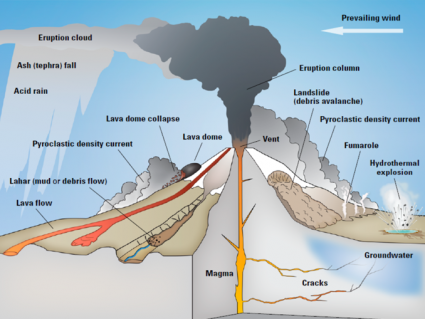
The stratovolcano is tall, steep & cone-shaped. Unlike shield volcanoes, stratovolcanoes build up height by layering lava, ash and tephra on top of another.
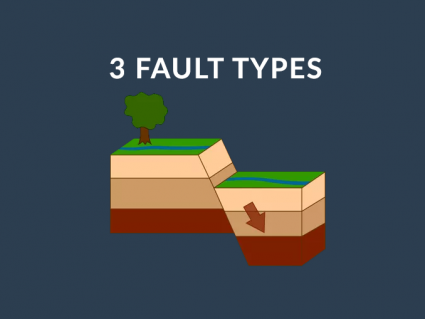
The 3 types of faults are: normal, reverse and strike-slip. When two blocks slide horizontally, it’s strike-slip. If it moves vertically, it’s dip-slip.
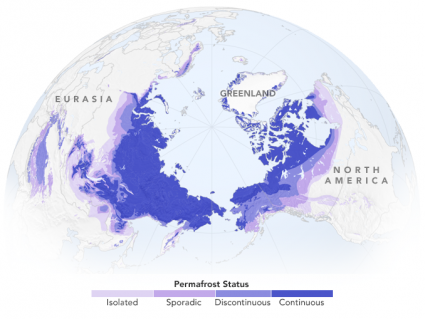
Think of permafrost like glue. The ice is the glue in permafrost which holds the rocks, sand & soil. Like glue, permafrost doesn’t melt. Instead, it thaws.
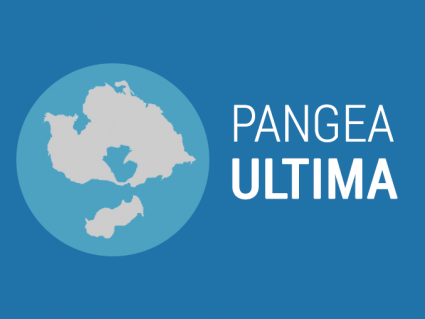
If you could fast-forward 250 million years in the future, you would witness all continents will assemble into one giant supercontinent called Pangea Ultima.
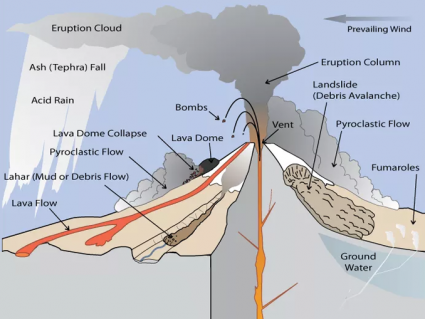
Today, we explore 13 parts of a volcano. From tephra, fumaroles, magma, lava domes, pyroclastic flow to volcanic bombs, this is the anatomy of volcanoes.
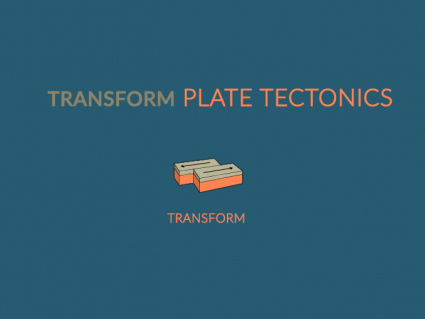
Conservative or transform plate boundaries slide across each other. They neither converge or diverge such as parts of the North American and Pacific Plate.

We can’t physically go inside the Earth. But we use seismic tomography from earthquakes to see inside our planet. From Earth tomography, we create 3D models.
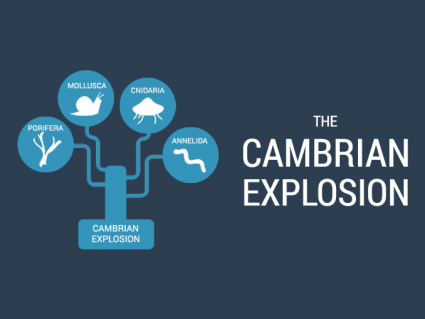
The Cambrian explosion was the largest diversification of life in Earth’s history. Ocean life started as sparse and simple. Then, it remarkably diversified.
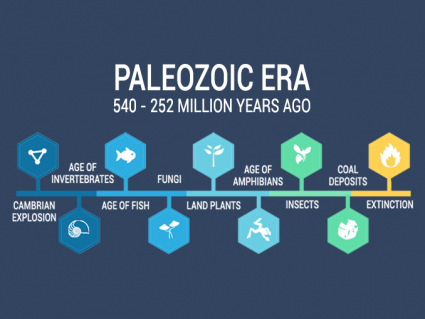
The Paleozoic Era marked the first fossil records of animal life.The Cambrian explosion was the largest diversification of life in Earth’s history.
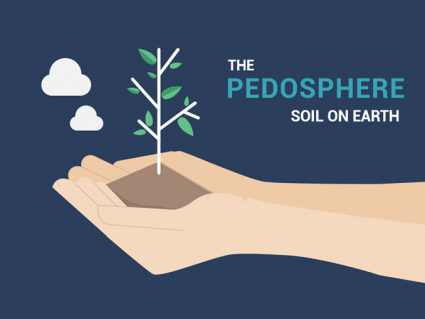
The pedosphere is like the “skin of Earth”. Just like your skin, it has a thin outer surface. It also has pore spaces and dries out without enough moisture.
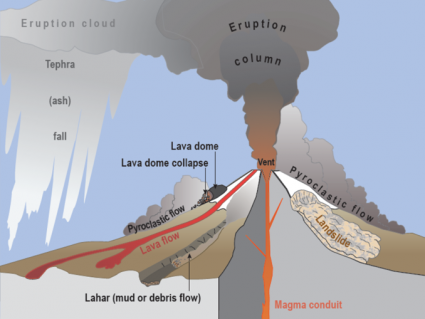
The 3 types of volcanoes are stratovolcanoes, shield volcanoes and cinder cones. Based on their geography, volcanoes take different appearances.